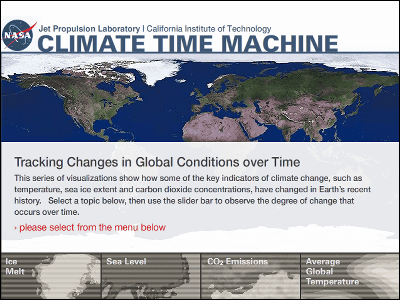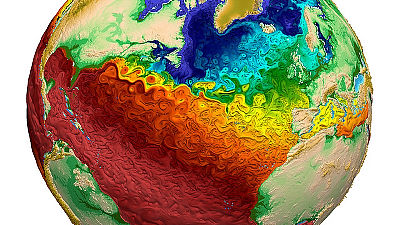The possibility that the "mini ice age" will come from 2020 to 2050 due to the declining activity of the sun

ByBroo_am (Andy B)
It is known that the activity of the sun changes cyclically, and in the latest research it is predicted that the "Petit Ice Age" will come to Earth as the sun is greatly declining from 2020 to 2050. On the other hand, however, the influence of transient activity decline is minor in relation to the present very high carbon dioxide concentration, and it is suggested that the temperature may rise sharply rather than after 2050.
Reduced Energy from the Sun Might Occur by Mid-Century. Now Scientists Know by How Much.
http://ucsdnews.ucsd.edu/pressrelease/reduced_energy_from_the_sun_might_occur_by_mid_century
Global Warming vs. Solar Cooling: The Showdown Begins in 2020
https://www.space.com/39665-sun-cooling-global-warming.html
Scientists Say Sun Will Be Cooler By 2050, Warn Of Mini Ice Age «CBS Detroit
http://detroit.cbslocal.com/2018/02/13/sun-cooler-ice-age/
It is a sun that continues to emit bright light and heat at all times, but when you look at its activities on a long time axis you will find that there are small waves. This phenomenonSolar variationIt is known that the amount of radiation from the sun is repeatedly increasing and decreasing periodically in the eleven year cycle.

That period of change, which is larger than the fluctuation of the eleven year period, appears during the "minimum period", during which the sun's activity declines greatly. The most recent minimum occurred from 1645 to 1715Maunder minimum periodIt is well known that the average temperature of the earth has been reduced by 0.1 to 0.2 degrees Celsius over the past 70 years. I think that it is "only 0.1 degrees?", But the actual change in the environment is not small, the Thames river froze in London, the Swedish army invaded Denmark over the ice-covered Baltic Sea There is also a record that it did.

ByRobert A. Rohde
The research team of Dr. Dan Rubin, a physicist at the Scripps Oceanographic Research Institute, University of California, San Diego, is a space telescope that has been observing the electromagnetic spectrum of ultraviolet light for about 18 and a half years, launched in 1978IUEWe investigated the radiation intensity of the sun in the very shortest time by reviewing the data of the entire period of the International Ultraviolet Explorer (International Ultraviolet Astronomical Satellite). As a result, it is predicted that the "Mini Ice Age", in which the number of sunspots decreases due to a decline in magnetic activity in the sun and changes such as a decrease in the amount of ultraviolet radiation emitted will continue for about 50 years from 2020 doing. In the paper Rubin et al show that the solar activity decreases by 7% in the mini ice age from 2020 compared to normal solar fluctuation.
The change of the global climate caused by the decline of the activity of the sun starts with thinning of the ozone layer first. As the ozone layer becomes thinner, the stratospheric temperature structure changes, which further affects the lower atmospheric motion patterns, especially wind and climate change. The temperature drop does not occur uniformly throughout the Earth, but the change seems to be local. The same phenomenon was seen even in the past minimum period, and even in the Maunder minimum period the temperatures were rising in Alaska and southern Greenland, for example.
Although it is thought that the severe cold will hit the world by the fact that the activity of the sun drops greatly, the influence of Rubin et al 's estimate will be minor. The reason for this is the existence of global warming which is brought about by climate change that has been going on for over 100 years. From the geological survey, etc., the average carbon dioxide concentration on the Earth's atmosphere did not exceed 300 ppm for hundreds of thousands of years, but in the past 100 decades since the industrial revolution occurred Has risen, reaching a level exceeding 400 ppm.
According to several studies and simulations including Mr. Rubin, it is estimated that the average temperature of the earth will have less than one impact at the new extreme seen to occur from 2020. On the other hand, even if the global warming progresses at the current pace, there is also a prediction that the decrease in the temperature due to the minimal period will be offset by the effect of global warming. Rubin and others are concerned that if the pace of the same global warming as the present is kept at the end of the minimal period, Rubin et al. Are likely to further raise the average temperature of the earth .

ByÁlvaro
Related Posts:
in Science, Posted by darkhorse_log







